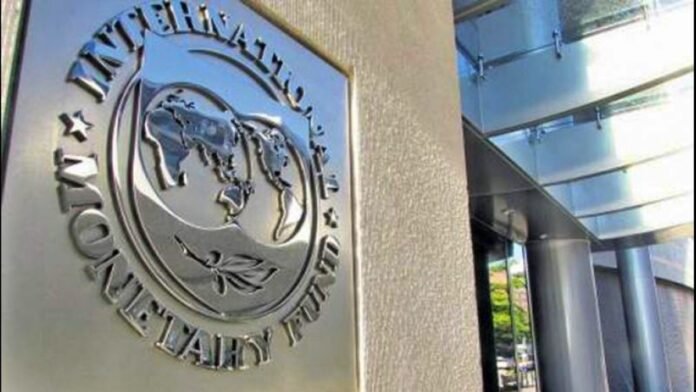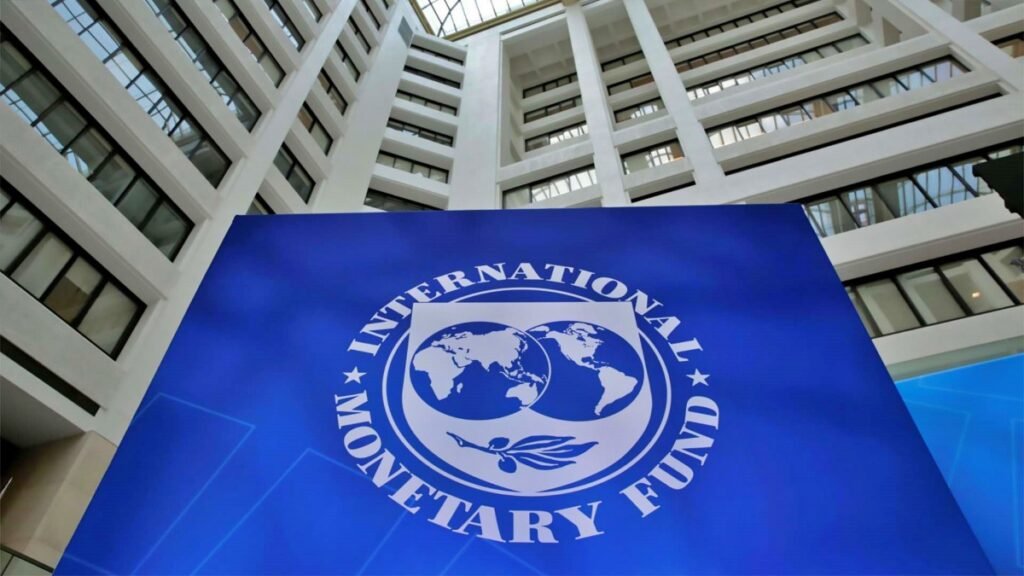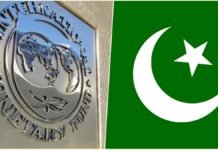
New Delhi: The International Monetary Fund (IMF) and India have been at odds over the classification of India’s foreign exchange regime, with the IMF accusing the Reserve Bank of India (RBI) of excessive intervention in the currency market.
According to the IMF’s latest Article IV report on India, the rupee’s movement within a narrow range of about 2 percent depreciation against the US dollar from December 2022 to October 2023 indicated that the RBI’s intervention “likely exceeded levels necessary to address disorderly market conditions.” As a result, the IMF reclassified India’s exchange rate regime from a “floating” system to a “stabilized arrangement,” implying a higher degree of management by the central bank.
However, India strongly disagreed with the IMF’s assessment, considering it “unjustified” and “incorrect.” The RBI argued that the IMF’s evaluation was selective and based on a short-term period that did not reflect the long-term trends and dynamics of the currency market. The RBI also pointed out that it intervened to smooth volatility and prevent excessive fluctuations in the rupee, which could have adverse effects on the economy and financial stability.
The RBI also defended its accumulation of foreign exchange reserves, which currently stand at $604 billion, close to the record high of $642.5 billion reached in 2021. The RBI said that building up reserve buffers was necessary to cope with global risks and uncertainties, especially in the context of the COVID-19 pandemic and its aftermath. The RBI also cited the example of the Philippines, which saw its GDP grow by 5.3 percent in 2023 despite having a similar exchange rate regime as India.
India has been sensitive to the issue of currency manipulation, especially as the US Treasury has periodically placed the country on its monitoring list of potential currency manipulators since 2018. However, India has not been on the bi-annual watchlist since November 2022. During the IMF’s annual meetings in October, RBI Governor Shaktikanta Das criticized the US Treasury’s practice of putting countries on the watchlist, saying that it was unfair and arbitrary.
Michael Wan, a senior currency analyst at MUFG Bank Ltd., told Bloomberg News that it was unlikely that India would be labeled a currency manipulator by the US, as the RBI’s intervention did not exceed 2 percent of GDP over 12 months. He also predicted that the RBI would ease some control over the rupee in 2024, especially if the US dollar weakened.

In its Article IV report, the IMF also offered a relatively optimistic outlook for India’s economy, suggesting the possibility of faster growth than the projected 6.3 percent in the current and next fiscal years if the government implemented key structural reforms. The IMF also recommended “ambitious” fiscal consolidation over the medium term to reduce public debt, and endorsed the RBI’s current neutral monetary policy stance as appropriate to bring inflation back to the 4 percent target.

















































